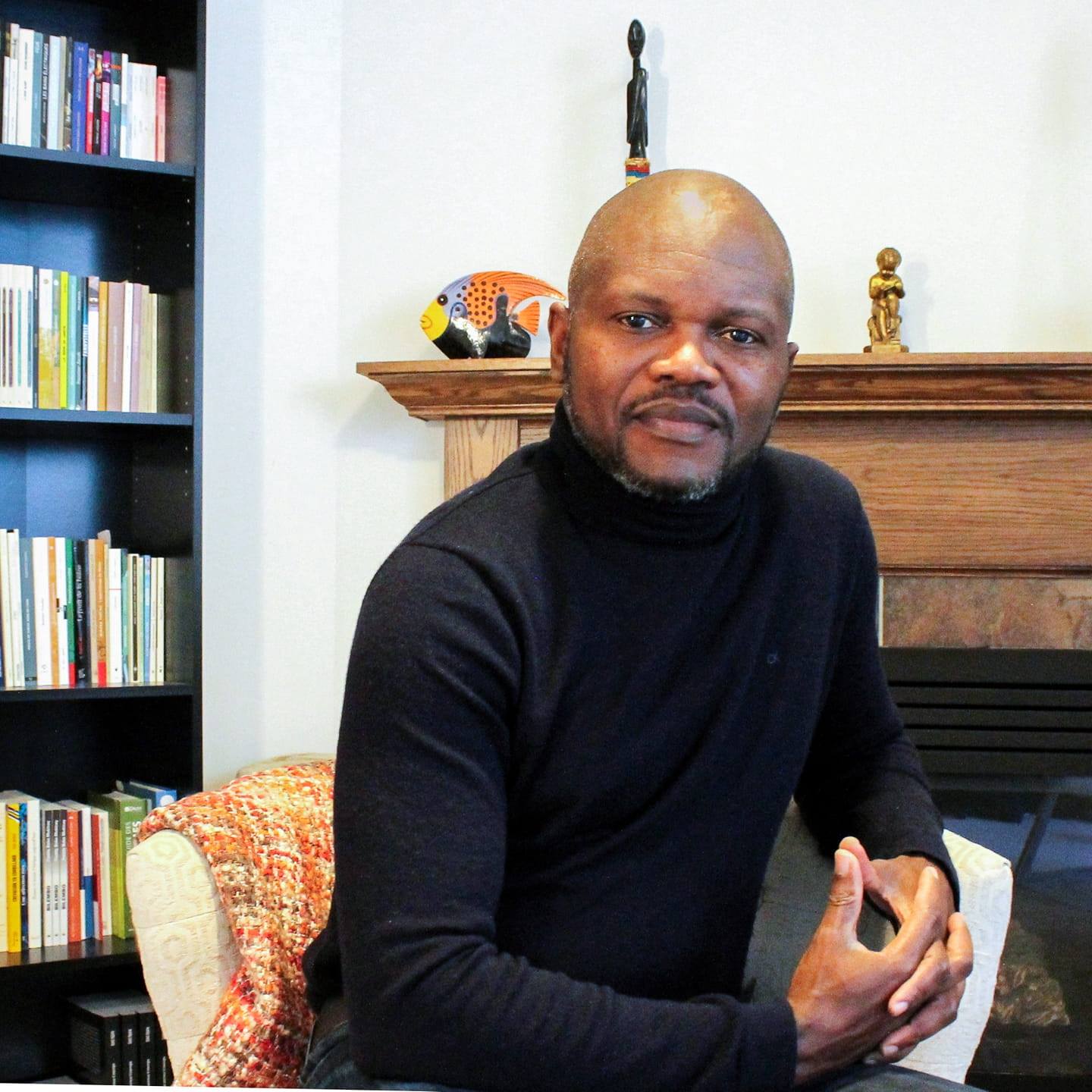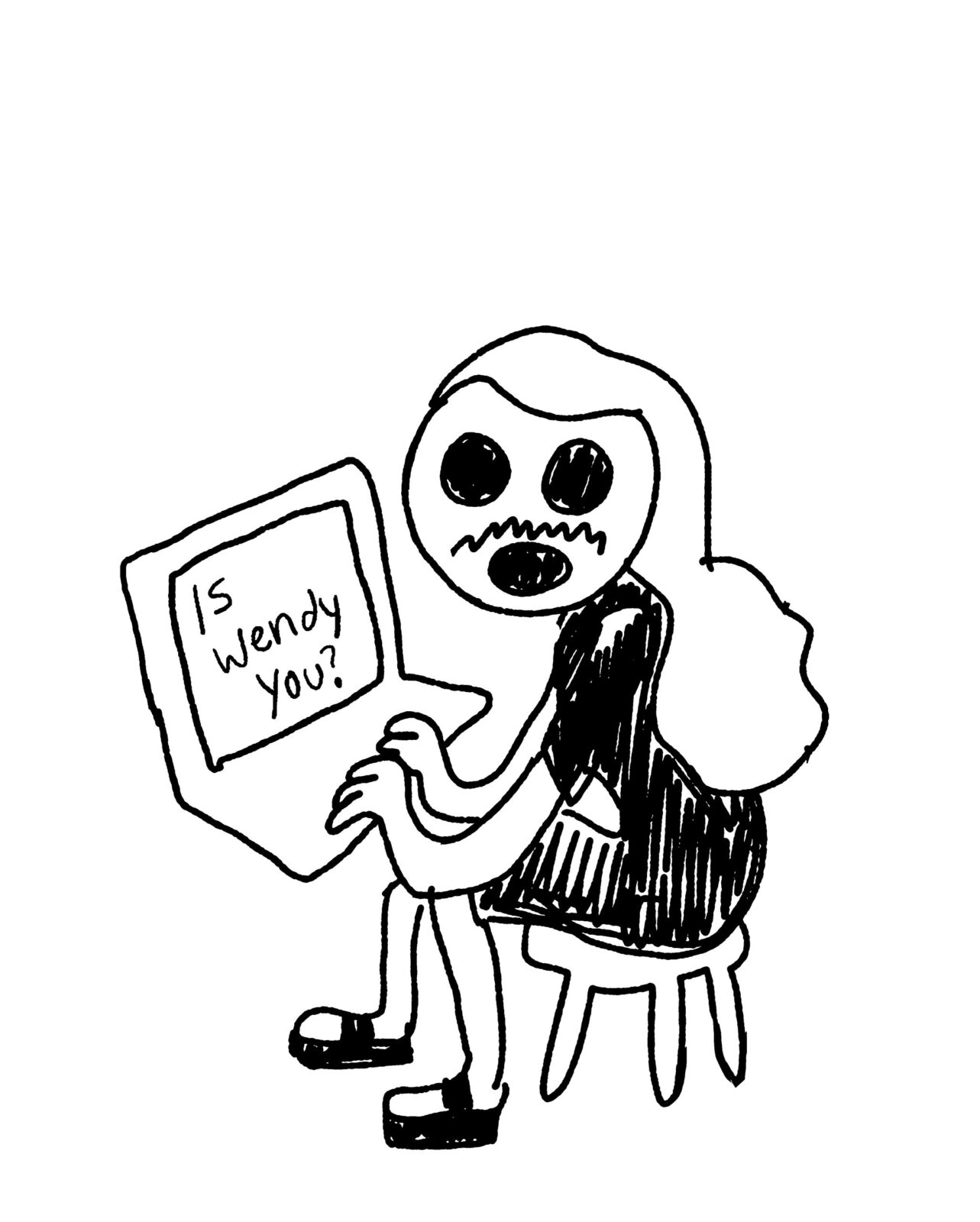The Encantadas
Robert Allen
conundrum press
$15
paper
164pp
1-894994-17-5
Born in Bristol, England, in 1946, Allen moved to Canada at age 10. He earned an Honours BA in English at the University of Toronto and an MA in English and MFA in Creative Writing at Cornell. He has taught at Kenyon College in Ohio, Champlain College in Lennoxville, Quebec, and at Concordia since 1982. As of The Encantadas, he has published 15 books, including short fiction, poetry, and three novels.
Would you say something about the genesis and growth of The Encantadas?
The Encantadas (The Enchanted Islands, Herman Melville’s name for the Galápagos Islands) was originally a short three-page piece inspired by Melville, but more about using the islands as a metaphor for a kind of mystery that had no chance against the expansion of Europeans across the sea. It was more political than personal. I pulled it from the manuscript of a book because it seemed incomplete. Little did I know. By 1984 I had turned it into a narrative which is roughly, now, the first third of the poem. I published it in Wintergarden. It had taken on darker, more mythic and more personal overtones. Over the years, I came back to it from time to time, adding six or eight or a dozen sections. I left it open-ended so I could work this way. An initial formal rule, not strictly adhered to in the final version, is that no line, stanza, or section would coincide with the end of a sentence. The voice changed, or was interrupted by other versions of itself – Teddy the Turtle, the poet, Jack the oceanographer, voices from the wings. It became polyphonic, and about history, the oceanic mysteries of life and consciousness, mythic storytelling. After I had published the final third in Standing Wave, I completely revised the whole thing, so that this version is very different from the sum of the sections published over the years in other books. (That was) something that had to be done, considering its composition covered 25 years. Needless to say my style, my knowledge, and my technical grasp of the long poem as a form changed radically over that time. The lines had a tendency to get longer and the sections both more fluid and more parenthetical. (Publisher) Andy Brown and I had to do some serious archaeology to identify what conventions of punctuation were in effect at various stages of the text, in order to achieve some sort of consistency – not complete consistency, though. Some of it had to be the way it was, taken up by a larger, later story maybe, but like the ancestral human form, gills and all, developing in the womb.
Have you been to the Galápagos, or is the poem entirely an Encantadas of the mind?
Well, it’s not travel writing, so I felt free to construct a Galápagos of the mind that is mostly literary, beginning with Melville, of course, but including the writing of navigators and explorers and the annals of Europeans as they spread across the world. Oddly, the poem may owe something to the seafaring adventure stories I read as a kid. At any rate, it is an imaginary world. How else to incorporate a tap-dancing turtle as one of the main voices?
The tone is remarkable, ranging from the serious to the richly comic. Would you comment on this?
The tone, which veers often from serious to wry to downright slapstick, is something that the long lines, as well as my own dark view of things, encourages. When I try to think of other works that have exhibited the same traits, and have affected my own sense of form and tone, I think of things like Dennis Potter’s The Singing Detective, or the Peter Barnes play The Ruling Class, which incorporates music hall song and dance.
A natural love for the absurd, the comic, the baroque – Terry Gilliam is about my favourite director – gave me the vaudevillian dimensions that allow me to stretch out and amplify the narrative line. The subject manner is still a bit of a mystery to me. No doubt a lot of it is satire, political commentary, and pastiche. It is a story about an oceanographer named Jack, but that is almost a thread to hang all the baubles on – which wouldn’t put me in bad company. That’s why Rabelais has Gargantua and Pantagruel. You’ve probably noticed how a lot of my literary back-story goes back a long way: Greek myth, The Arabian Nights, Rabelais, Apuleius.
The supple long line of yours enables you to use adjectives freely, in a way that the modernist short line does not.
You’re right about the long lines allowing adjectives back in, as well as all sorts of other elaboration and qualification. Part of this may just be getting tired of short lines and a poetic template that removes a lot of possible kinds of expression. I know that the poem, insofar as it may be criticized, will be for excess. It is naturally and intentionally excessive, a sort of operatic sea song, with lots of light operatic follies, digressions, observations, and citations; a bit of an ungainly sea monster perhaps, but I hope a couple of hours’ entertainment that can startle and please, because it is as much aimed at the groundlings as at the poetic priesthood.
Your own journeys have taken you to many places. Jason Camlot’s recent collection, Attention All Typewriters, has a long poem, “Bewildered,” based partly on your experiences at Kenyon College, the bastion of the New Criticism. Tell us something about that.
I taught there for a year – my first time teaching creative writing. It was a valuable experience, and of course put me in a pretty famous spot for American writing. I had a picture of Ransom, Lowell, and Delmore Schwartz taken during a summer in the 50s. I was actually recommended for the position by Arthur Mizener, who used to hang out with all those guys. There’s a great image in James Atlas’s bio of Schwartz, of Mizener, Mizener’s wife, and Schwartz cruising down to New Orleans in a white Caddy convertible, when they were all young. This whole story appears in kind of a burlesque form in my novel in progress, The Journals of Irony Jack. (That is what I am working on now by the way, and hope to finish by the end of the summer. It is a satirical first person account of one Jack Curtis, a kind of dark avatar of myself, with many more bad qualities and far fewer good ones – if I don’t flatter myself.)
Jason’s poem, partly about John Crowe Ransom, has me as Professor Wren. When Jason was my roommate many years back I told him about my year at Kenyon living next door to Ransom, who could be seen, wrapped in a blanket, in the blue light of the television. I never saw him but in that way, and read about his death the following summer while I was in Oregon. When I am in a tall-tale-spinning mood, I often say that I replaced John Crowe Ransom as Creative Writing professor at Kenyon, and that, after being guest director of the Gambier Theatre, I was replaced by Paul Newman. Sort of true, though there were others intervening, in both cases. So it will soon be a true story, in the voice of Irony Jack.
Your previous collection, Standing Wave, uses an analogy from physics for its title. How does that metaphor work?
I mean to suggest the image of a constant, formal shape running through the energy field of the poems, drawing attention, I guess, to the fact that this shape – of ideas, images, concerns – recurs in both the “Sonnets from Jimmie Walker Swamp” and The Encantadas. I also wanted to suggest that water imagery was central to both – and water waves are likelier to be evoked among readers than any other kind. Very pragmatically, the title was meant to link the two different halves of the book. Originally, Carmine Starnino was going to (edit) the completed version of The Encantadas, but then asked me if I would consider putting together a shorter version of the sonnets and joining them to the last third of the long poem. At first this sounded a little ungainly, but the more I thought about it, the more I saw that they could, and did, fit. Also, people had begun to comment favourably on the sonnets, and I realized that I wanted to see a sequence of them in print sooner rather than later. They were all written in a period of several months, and had a sense of the ephemeral present to them that I wanted to acknowledge.
Where is Jimmie Walker Swamp, as referenced in Standing Wave?
Two summers ago I wrote around 60 sonnets in a little house in the woods in Quebec’s Eastern Townships. The house was built on an old farm property owned by Jimmie Walker. Part of the property was a large wetlands along the Tomifobia River just before it empties into Lake Massawippi. This was known locally as Jimmie Walker Swamp. One of the roads through the old property is still known as Walker Road, but the old name, which I took up, has become pretty obscure. Anyhow, that’s the place, tangibly and metaphorically. The 38 poems I finally put into the sequence become part of the title too.
Perhaps you could say something more about your work in progress, The Journals of Irony Jack?
The Journals of Irony Jack promises to be a bit more commercial than the rest of my published fiction, while, I hope, not being without literary qualities of its own. It always gets a pretty wild response when I read from it – largely, maybe, because it’s very funny, and has an easily followed Candide-like narrative line. It’s mostly defined, though, by the acerbic and self-dramatizing voice of Jack Curtis. It’s the ultimate rationalization of bad behaviour, and owes something, oddly, to Beckett’s play – simply called Play – in which three characters begin to explain themselves when the spotlight falls on them.
And finally, could you comment on the Montreal writing scene?
There’s no need to stress the historical importance of Montreal in Canadian literature, poetry especially, and without denigrating Toronto I’d like to underline the fact that Montreal is still the creative source of a huge amount of the country’s best writing. In my case, I believe that from the early 90s to the present I flourished as a writer mostly because of the force and ferment of the Montreal scene. The small presses produced dozens of fine writers who went on to national reputations. The Concordia Writing Program contributed to this, too. Students came from all over the country, and while some remained in Montreal many others now live across Canada and around the world. Sina Queyras, Stephen Henighan, Nino Ricci, Golda Fried, Michael Harris, Lydia Eugene, Dave McGimpsey, Jon Paul Fiorentino, Catherine Kidd, Jason Camlot, Carolyn Marie Souaid, Elisabeth Harvor, Mark Cochrane, Robert Majzels, Dana Bath, Barrie Sherwood, Suzanne Buffam, Ibi Kaslik – I could easily name a dozen others. I think Montreal-trained writers are readers and performers without peer, due in part to long-running reading series like Todd Swift’s Vox Hunt, Ian Ferrier’s Wired on Words, and Jake Brown’s Yawp. Great performers – Corey Frost, Catherine Kidd, Dave McGimpsey, Fortner Anderson, Steve Luxton, Alexis O’Hara (I could go on name-dropping) – are at the clubs and bars nearly every night of the week. Something else that has always struck me is how various in genre and style Montreal is. There is no school of writing that predominates. Lately I’ve noticed that there is greater movement back and forth between this city and the rest of the country – Coach House now does regular launches here, for example. Add to the mix the equally vibrant French art and writing scene, thriving small presses (Véhicule, DC Books, conundrum, Delirium, and Snare – the last a new imprint started by Jon Paul Fiorentino and me), and the ongoing influence of Matrix and Maisonneuve, and I think it’s pretty evident that in Montreal right now it’s halcyon days for a writer. For this writer, anyway. I think most of us would say the same thing. mRb






0 Comments